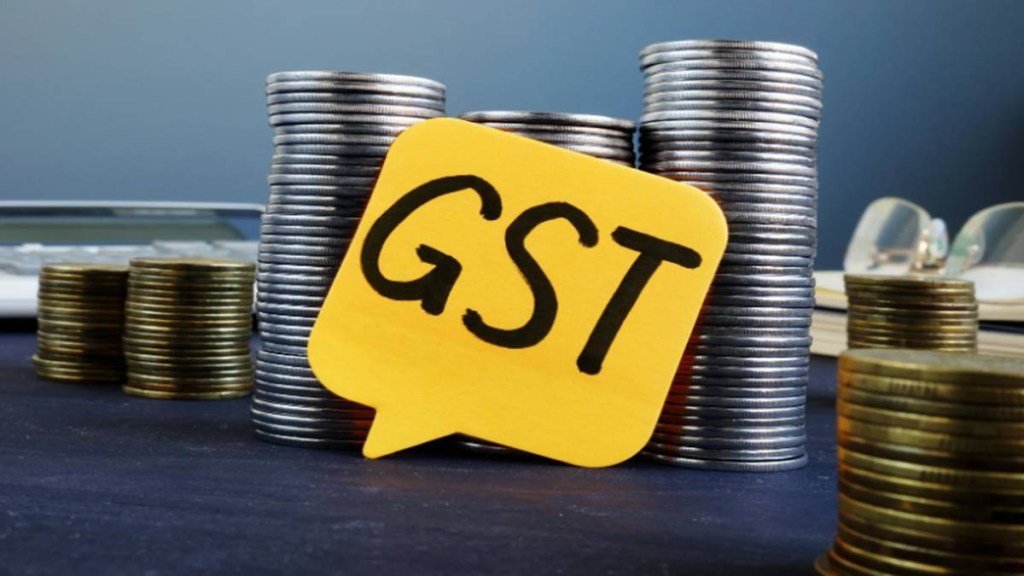The gross goods and services tax (GST) collections came in at Rs 1.96 lakh crore in October, (September transactions), recording a year-on-year growth of 4.6%, according to official data released on Saturday. An annual growth in gross receipts of the indirect tax could be achieved, despite massive cuts in tax rates for around 380 items, including automobiles and consumer durables, taking effect in the later half of September.
The October collections were in absolute terms higher than both in September and August (Rs 1.89 lakh crore and Rs 1.86 lakh crore respectively) and at the same level as in July.
The annual growth in gross receipts in October is the lowest since June 2021 (2%), in the peak Covid period. The lower growth in collections was largely expected as the inevitable temporary effect of rate rationalisation and the deferred consumer spending of high-value goods, ahead of the festive season, partly in anticipation of the rate cuts.
Gross GST receipts grew 9.11% on year in September 2025 (August sales), and 8.92% in October, 2024.
Net GST revenue in October this year grew by just 0.6% to Rs 1.69 lakh crore with refunds surging by 40% to Rs 26,934 crore as businesses would have utilised input tax credit post the tax cuts, the data showed..
November receipts are expected to reflect the jump in consumption in festive season, especially of durables and cars. Data released separately by the auto industry on Saturday showed a robust 17% year-on-year (y-o-y) jump in domestic passenger vehicle (PV) sales in October. However, a clearer picture of the tax cuts on revenue collections will be known over the subsequent few months.
Analysts said the GST collections reflected a muted momentum, primarily due to deferred purchases that hit transaction volume in the major part of September. “This anticipated lag is likely to be compensated by more robust numbers in the next month, driven by seasonal buoyancy,” Saurabh Agarwal, Tax Partner, EY said.
The government on September 3 announced GST rate cuts on 375 items, including essential items, electronics and automobiles, effective from September 22, the first day of Navratri.
The GST collections reached a record high of Rs 2.37 lakh crore in April 2025, before decreasing to Rs 2.01 lakh crore in May, and then further moderating to Rs 1.85 lakh crore in June, and Rs 1.89 lakh crore in September.
The gross collection in October includes central GST receipts of Rs 36,547 crore, state GST receipts of Rs 45,134 crore, and Integrated GST (IGST) receipts of Rs 1,06,443 crore. Cess collection stood at Rs 7,812 crore, sharply down on year and sequentially, as it was removed for a host of important items including small cars that saw GST rate cut from 28% to 18%.
Despite massive rate cuts effective from September 22, a modest increase in domestic GST collection is encouraging and shows that demand is steadily increasing, Pratik Jain, Partner, Price Waterhouse & Co LLP Consistent said. “Consistent increase in GST refunds (domestic as well as exports) shows confidence of tax administration that GST collections would show positive trend in future as well. Next month’s data would have the full impact of GST cuts and would be keenly awaited,” Jain said.
Agarwal also stated that the government’s commitment to resolve working capital issues for exporters and address concerns around the inverted duty structure is a significant positive development. This certainty in the tax regime and reduction of working capital leakages are vital confidence boosters for the investor community, reinforcing the ease of doing business, he said.

